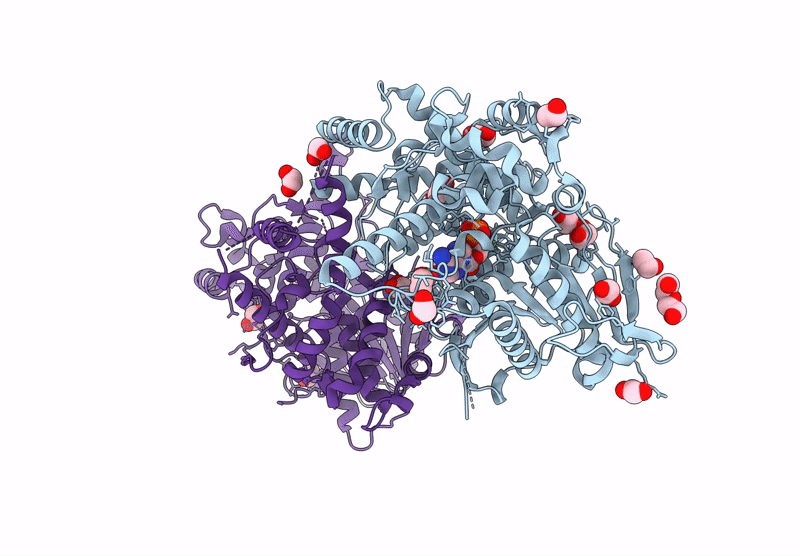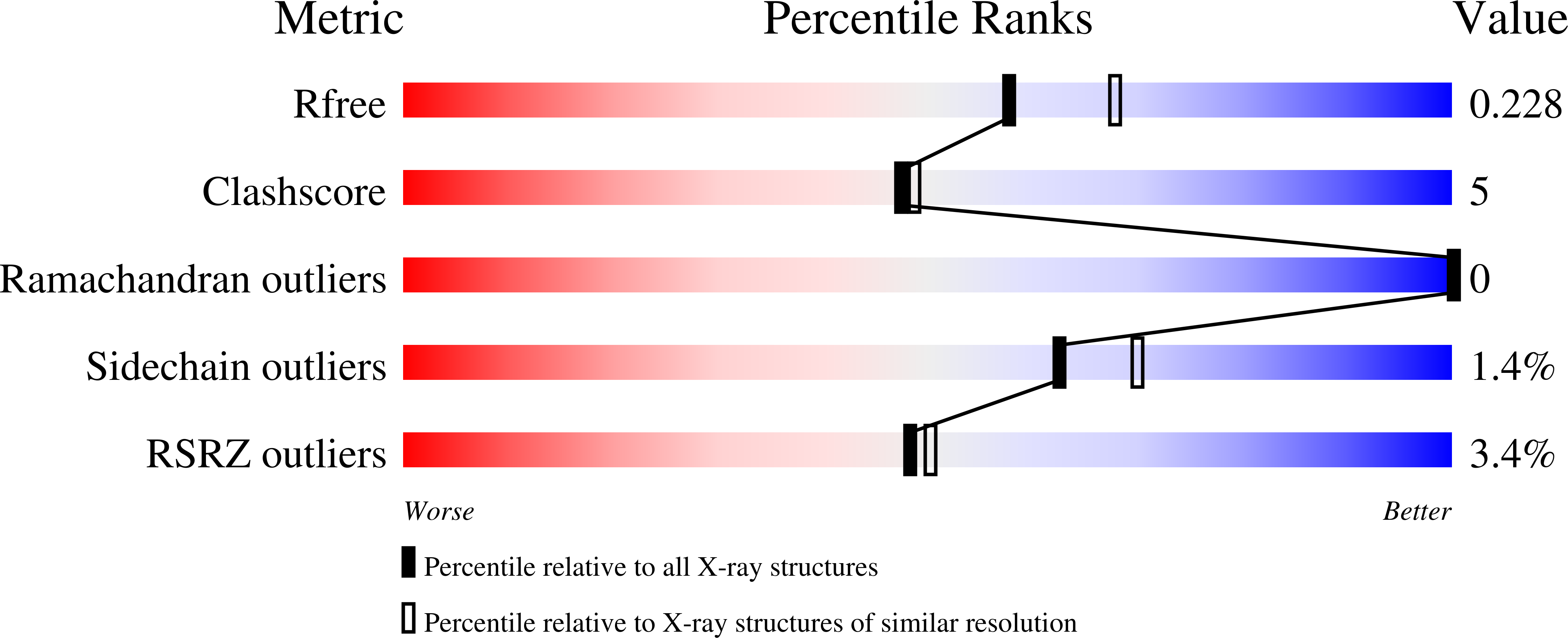
Deposition Date
2024-10-31
Release Date
2025-04-09
Last Version Date
2025-04-23
Method Details:
Experimental Method:
Resolution:
2.10 Å
R-Value Free:
0.22
R-Value Work:
0.18
Space Group:
P 21 21 21


